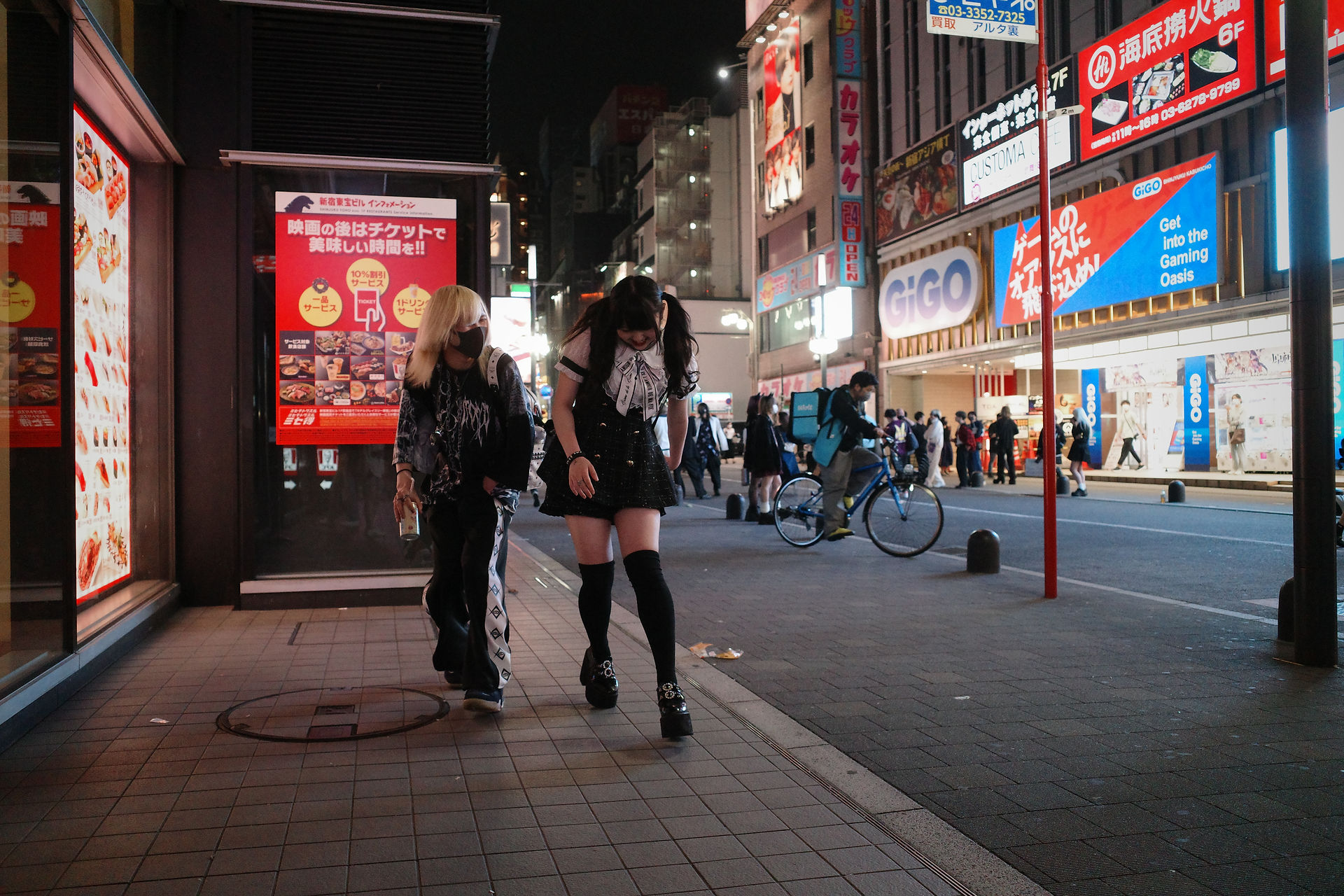
Use of language in
Toyoko kids
How language is used differently
to an outsider
by Yuta
Introduction
The use of language can be significantly different to people of the same group and outside of the group. In Japan, insiders are called 内 (uchi), while outsiders are called 外 (soto). There are many complex cultural cues that develop around this uchi-soto relationship. In general this theory can apply to any in and out groups including gender, age, status, what school you go to etc. This means that complete strangers and strangers within the group are treated with different forms of language.
Japan is a collectivist society whose language revolves around a social and linguistic hierarchy (Goekler, 1970)
Especially with the Toyoko kids, the use of language is completely different from when they talk to an outsider vs when they talk to an insider. The way they use language in the uchi can be seen in these two pages below;
keigo
Keigo a system of language that it used in Japan to communicate politeness, is a topic covered in a lot of my previous pages. I have explained that keigo is not used in the Toyoko hiroba. However, when they are to talk to an outsider they will use keigo. In general it is understood that Keigo shows politeness but on a deeper level, “it is classified into three types: exalted, humble, and polite”. The way Toyoko kids use keigo to outsiders is even different from these three types which is to put distance. They use keigo in a way that does not allow for intimacy and creates distance.
Example 1
Later when I tried to interview her about what happened, I asked her if that happens a lot here and if she was ok, she said “あまり広場来ないですけど大丈夫じゃないですか”; translating to I don’t come to the hiroba often but should be ok. The use of keigo both towards me and the older lady creates distance and shows her lack of willingness to talk to outsiders.
Example 2
I was observing the Toyoko hiroba one day and I witnessed a girl approached by an older lady that offered her prostitution with other men in the area. I do not completely understand the relationship between the old lady and the men, but can make a guess that she was a pimp. The older lady talked to her for a bit, hinting money and attraction of the men. The girl kept replying ”いいです”, which translates to it’s ok or no.
Aizuchi
Aizuchi, is a nodding of the head that is frequently used by Japanese people in many conversations. It shows respect in that it signals the other person that you are actively listening to their conversation. On the other hand, the Toyoko kids do not often aizuchi when an outsider talks to them. Their use of body language is very intimate most of the time, but it is cold towards outsiders. This shows their lack of interest in outsiders, and they may also be communicating the outsiders to not talk to them.
Example
In the same example as above, the girl barely nodded her head towards the both of us. Instead, she kept on looking at our face for a brief second and going back to looking at her phone. In this case, not only did she not aizuchi but averted her gaze towards another object, which suggests even less interest in outsiders.

Simplifying
Talking with strangers most people tell the most basics of things and do not go into detail. However, there is a difference between not going into detail in a friendly way and in an unfriendly way. For the Toyoko kids, with the combination of their use of keigo and lack of aizuchi, it communicates that they do not want to speak to outsiders.
Example
One time I went to the hiroba to investigate the safety issues as presented in the media. When I interviewed a Toyoko kid about the safety issues in the area, he claimed that the space is actually one of the safest places here, because there are security guards who can stop fights and people have a more open and an accepting mind. Then I questioned him about problems usually associated with the this place such as prostitution and drug use. He replied; “悪が1パーセント存在するのはどこでも同じ”, translating to one percent of evil existing is the same across all places. This generalization and simplification of his idea shows lack of willingness to explain the situation.
Conclusion
The Toyoko kids use of language towards the soto, is significantly different to when they are communicating with the uchi. They signal their lack of willingness to talk to soto and their lack of interest. Understanding that they have been segregated from main society as represented in the media, it makes sense that they do not want to have a lot of communication with the outsiders. They may have a set idea about outsiders and also may be a
Sections
Use of Language
